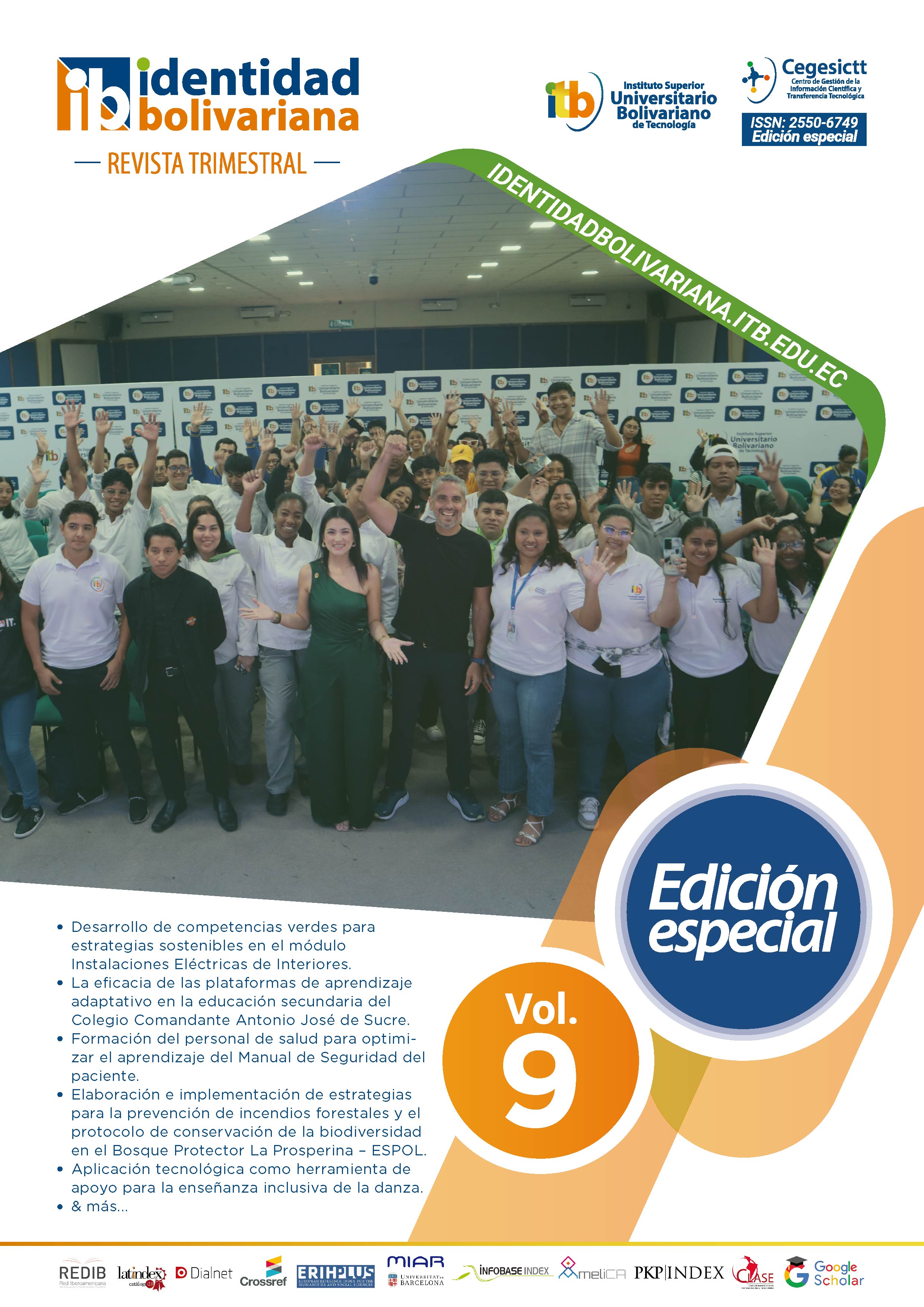Inclusive Strategies for Engaging Students with Special Needs in Music Education
Main Article Content
Abstract
This study explores pedagogical practices in music education within
primary-level institutions, focusing on the inclusion of students with specific needs. The research problem is identified as: Which inclusive teaching strategies are most effective in ensuring the engagement of students with special needs in music classrooms in District 3 of Guayaquil in 2024?
The main objective is to identify inclusive teaching methods that foster the active participation of these students, considering the particularities of the educational context and the needs of both teachers and learners. To achieve this, a quantitative approach is employed, allowing for a data-driven analysis of current practices and their effectiveness.
The expected findings aim to provide valuable insights for implementing inclusive methodologies in music education, contributing to the development of an equitable learning environment that promotes integration and academic growth.
Article Details
Section
How to Cite
References
Alsina, M., Mallol, C., & Alsina, A. (2020). El reto inclusivo desde la educación artística transformativa. En L. Habib-Mireles (Coord.), Tecnología, diversidad e inclusión: repensando el modelo educativo(pp. 114-125). Eindhoven, NL: Adaya Press. https://www.adayapress.com/wp-content/uploads/2020/06/rmed12.pdf
Aparicio, J. M., y León, M. M. (2018). La música como modelo de inclusión social en espacios educativos con alumnado gitano e inmigrante. Revista Complutense de Educación, 29(4), 1091–1108. https://uvadoc.uva.es/bitstream/handle/10324/45687/LaMusicaComoModeloDeInclusion.pdf?sequence=1Yf79Y-QoUgVNUYQWKvfkP8#v=onepage&q&f=false
Barroso, J. & Arenas, A. (2016). La atención a la diversidad en el aula y las adaptaciones del currículo.
Desarrollo psicológico y educación. Madrid: Ediciones Alianza Psicología. https://www.academia.edu/download/58413464/ATENCION_A_LA_DIVERSIDAD.pdf
Bermell, M. Á., Bernabé, M., y Alonso, V. (2014). Diversidad, música y competencia social y ciudadana: Con-tribuciones de la experiencia musical. Arbor, 190(769), a164. https://arbor.revistas.csic.es/index.php/arbor/article/download/1966/2316
Lizano Paniagua, K., & Umaña Vega, M. (2018). La teoría de las inteligencias múltiples en la prácti-ca docente en educación preescolar. Revista Educare. Recuperado de https://www.redalyc.org/pdf/1941/194114582017.pdf
Masdéu-Yélamos, E., Fernández-Barros, A., & Alsina, M. (2022). Diseño y validación de una herramienta para evaluar los contextos actuales de la enseñanza de la música en los centros de educación primaria de Cataluña. En C. Hervás; MC. Corujo; AM. de la Calle; y L. Alcántara (coord.). Formación del profesorado y metodologías activas en la educación del siglo XXI, (pp. 199-216). Dykinson. https://dialnet.unirioja.es/servlet/articulo?codigo=8777942
Medford, CD (2003). Enseñar musicalidad desde el comienzo de la instrucción de un niño: el programa comunitario intensivo GBYSO y cómo incorpora las filosofías de Kodaly, Orff y Suzuki.Universidad de Boston. https://www.proquest.com/openview/94f5229e609ce2f172f1d1ac46c7b344/1?pq-origsite=gs-cholar&cbl=18750&diss=y
Páez, D., & Adrián, J. A. (1993). Arte, lenguaje y emoción: la función de la experiencia estética desde una perspectiva vigotskiana(Vol. 187). Editorial Fundamentos. https://books.google.es/books?
Peñalba, A. (2018). Claves para una educación musical temprana, creativa e inclusiva. Tabanque: Revista Pe-dagógica, (31),29-41. https://revistas.uva.es/index.php/tabanque/article/view/2078

